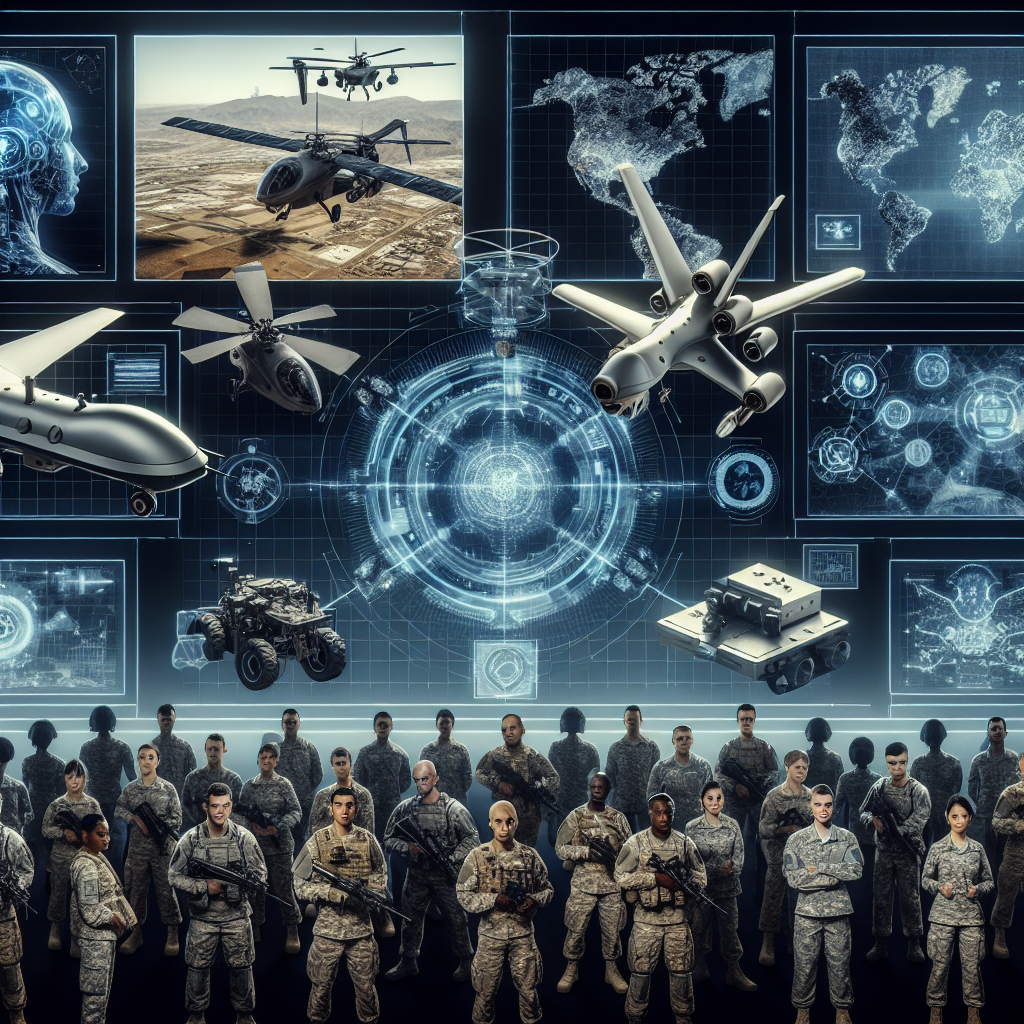Hey there, tech enthusiasts! Today, let’s dive into some fascinating discussions sparked by the recent AI World Government event, where movers and shakers in AI development mingled and shared some pretty intriguing insights. Isaac Faber, the Chief Data Scientist at the US Army AI Integration Center, dropped some real gems about the Army’s approach to digital transformation and AI. Spoiler alert: There’s a lot more to it than just cool robots!
Building the Army’s AI Stack: A Digital Adventure
So, imagine trying to upgrade your smartphone but on a massive, military scale. Sounds intense, right? That’s precisely what the US Army is aiming for with its digital modernization efforts. According to Isaac Faber, the secret sauce lies in the “middle layer” of their AI stack. Think of this layer like a universal translator for software, making it as seamless as carrying over contacts to a new phone.
But it’s not just about ease; it’s about ethics too. Faber highlighted that ethical considerations cut across all layers of the AI application stack. From planning and decision support to machine learning and data management, each layer must align with ethical principles to create a robust and responsible AI framework.
The Common Operating Environment Software (COES)
The Army’s AI journey isn’t limited to theory; they’ve got boots on the ground. Enter the Common Operating Environment Software (COES) platform. This isn’t some new kid on the block—it’s been in the works since 2017 and is designed to be scalable, agile, modular, portable, and open. Pretty impressive, huh? It’s tailored for a wide range of AI projects, but Faber reminds us that “the devil is in the details.”
One significant lesson from his experience is that collaborating with private industry can offer more tailored solutions than just buying off-the-shelf products. “You’re stuck with the value provided by one vendor, which usually isn’t designed for the challenges of DOD networks,” Faber explained. Customization and flexibility are key here.
Training the Troops: AI Edition
The Army isn’t just about high-tech gear; it’s also about prepping their team to use it. They’ve got diverse tech teams focusing on everything from software development to machine learning operations. Whether it’s crunching historical data or building predictive models, there’s a structured path to get everyone up to speed.
Faber emphasizes the importance of collaboration across these teams. They need to sync up their efforts, much like a well-coordinated dance team. “Folks need a place to collaborate, build, and share,” he said. It’s not just about the tech; it’s about the people too.
AI Use Cases: The Exciting Frontier
During a panel discussion, various experts shared their thoughts on the most promising AI use cases. Jean-Charles Lede from the US Air Force is all for decision-making support at the edge, while Krista Kinnard from the Department of Labor sees massive potential in natural language processing to handle their vast data on people, programs, and organizations.
But, of course, no great tech comes without its risks. Anil Chaudhry from the GSA highlighted a crucial point: with AI, a simple algorithm tweak could have massive, real-world impacts. That’s why keeping humans in the loop is non-negotiable. As Kinnard put it, AI isn’t about replacing people, but empowering them to make better decisions.
Navigating Risks and Ensuring Explainability
AI’s not just about building fancy models; it’s also about making sure they work ethically and effectively in the real world. Lede pointed out the dangers of relying too heavily on simulated data, which might not always map accurately to real-world scenarios.
Chaudhry underscores the need for a solid testing strategy. Don’t get so enamored by your tech tools that you forget their purpose. Independent verification and validation are crucial to ensure your investment pays off.
And let’s not forget explainability. Lede aptly described AI as a partner in dialogue. If AI spits out conclusions we can’t verify or understand, it’s not doing its job. We need AI systems to articulate their decision-making processes in ways we can grasp. It’s about building trust between humans and machines.
Your Turn
What do you think? Are we on the right path with AI development in such critical sectors? How do you see the balance between innovation and ethics playing out in the real world? Drop your thoughts in the comments—let’s continue the conversation!
And as always, keep exploring and stay curious!
